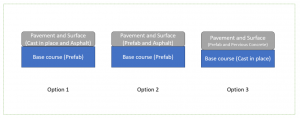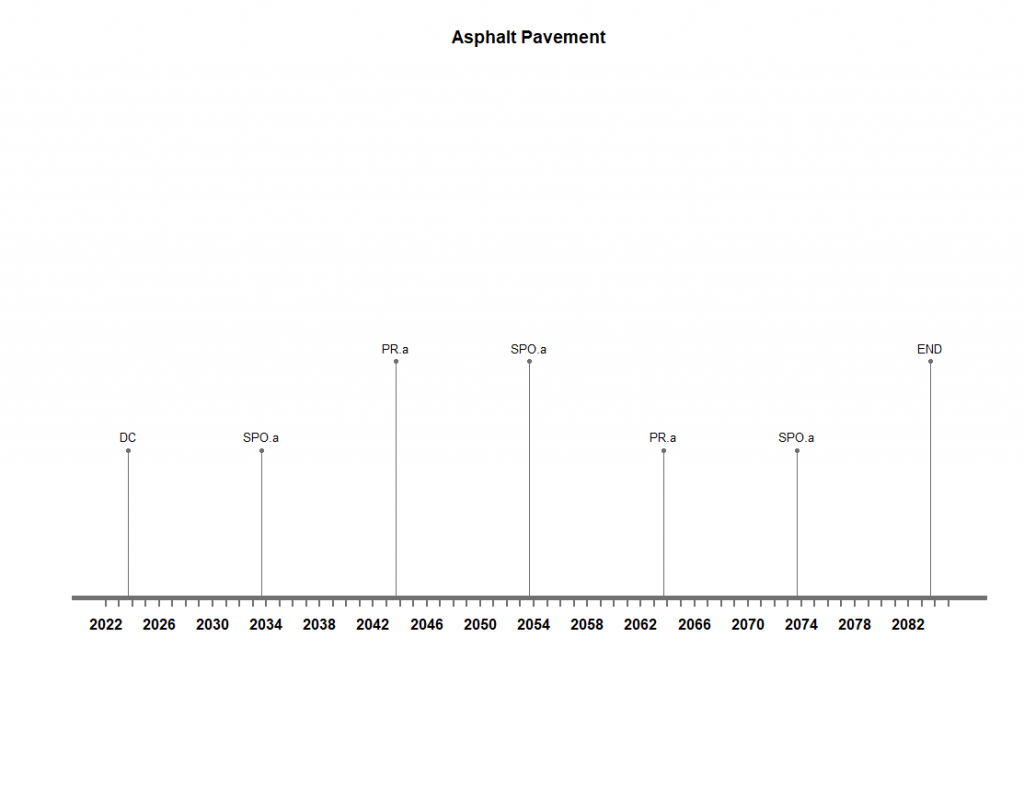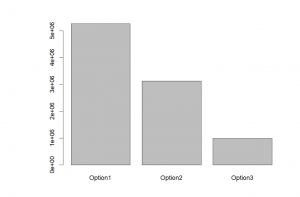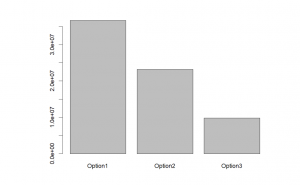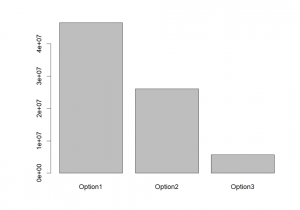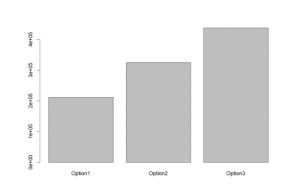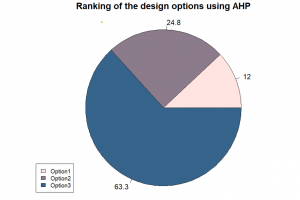Multi-Criteria Decision Analysis for Highway Road Systems Design
Abstract: This report presents a comprehensive analysis of design options for highway road systems, focusing on lifecycle environmental and economic impacts. Employing Multi-Criteria Decision Analysis (MCDA) with the Analytic Hierarchy Process (AHP), we compare three pavement design options:-
1.Asphalt Concrete Pavement
2.Precast Concrete Pavement
3.Pervious Concrete Pavement
across their lifecycle, from material production to maintenance. The goal is to identify the design with the lowest environmental impact and cost over a 40-year lifespan.
1. Introduction Civil engineering systems require careful consideration of design, material selection, and maintenance strategies to ensure long-term durability and cost-effectiveness. This study targets the Highway Road system, examining three design options through a life-cycle analysis to facilitate informed decision-making based on environmental and economic impacts.
2. Methodology The life-cycle analysis (LCA) framework adopted for this study encompasses defining the scope, conducting a life cycle inventory (LCI) of materials, life cycle cost analysis (LCCA), and employing MCDA using AHP for decision-making. The scope of our LCA focuses on the Highway-road subsystem, aiming to assess its carbon footprint and other environmental impacts, such as CO2, NOx, and CH4 emissions, associated with different pavement materials across their lifespan.
3. Design Options and Life Cycle Inventory (LCI) We detail three pavement design options: (1) Asphalt Concrete Pavement, suitable for general conditions; (2) Precast Concrete Pavement, ideal for high traffic and harsh weather; and (3) Pervious Concrete Pavement, designed for rain infiltration and extreme rain climates. The LCI quantifies material consumption, including asphalt, prefab concrete, and pervious concrete, alongside environmental indicators such as energy consumption and emissions.
Updated Timeline for Pavement
4. Life Cycle Cost Analysis (LCCA) and Multi-Criteria Decision-Making (MCDM) The LCCA integrates the LCI data with a 40-year maintenance and replacement schedule, analyzed through the R software. Utilizing the AHP method, we conducted an MCDA to evaluate the three options based on energy consumption, CO2, NOx, and CH4 emissions. This approach provided a systematic comparison and ranking of the design options.
Energy consumption level for different design options
CO2 emissions for different design options
NOx emissions for different design options
CH4 emissions for different design options
5. Results and Discussion The analysis revealed that the Pervious Concrete Pavement (Option 3) is the most sustainable and cost-effective choice over its lifecycle, offering the best performance in terms of lower energy consumption and CO2, NOx emissions, despite its higher CH4 emissions compared to other options. The decision matrix and AHP calculations underscore the balance needed between environmental and economic considerations in civil engineering designs.
Ranking of the design options using AHP
6. Conclusion This multi-criteria decision analysis underscores the importance of comprehensive LCA studies in guiding sustainable and economically viable design decisions in civil engineering. By defining clear goals and scopes, accurately assessing material and system quantities, and applying robust MCDA methods, engineers can select optimal designs that align with sustainability objectives and policy mandates.
